Why are my hips so tight? I asked a physical therapist and got her advice on how to stretch them
I asked a physical therapist how best to stretch my hips, here's what they recommended
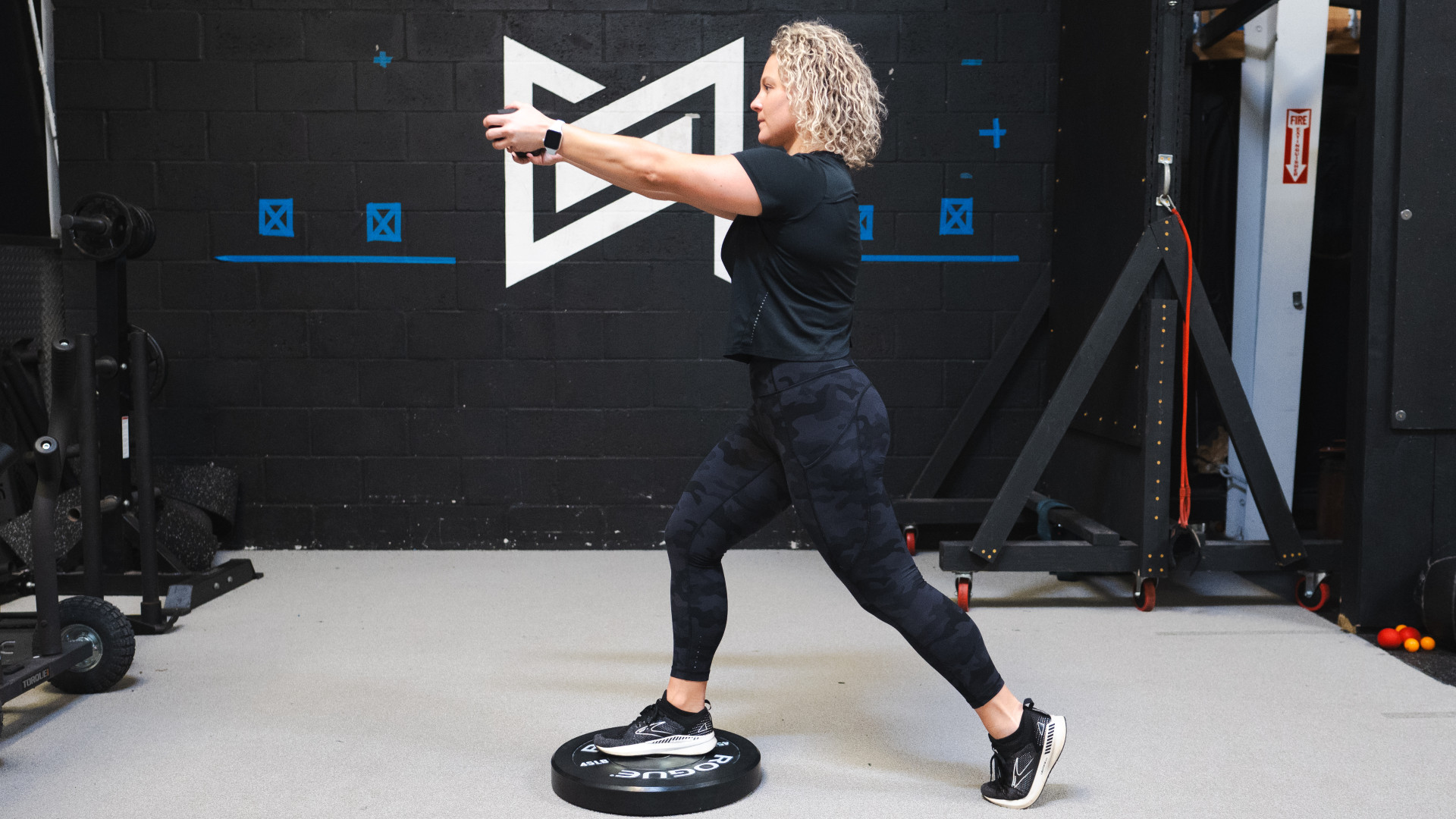
Not only are tight hips uncomfortable, they can also limit your range of movement significantly. Soreness in your lower back, knees and hips are all signs that you might have tight hips and might benefit from stretching the area (if you experience significant pain, of course, you should consult a medical professional).
I work at a desk and struggle with sore hips, so I'm always investigating stretches I could be doing to keep the area moving freely. I spoke to physical therapist Sydney Franko, who works with athletes at her clinic Recharge Sports, and asked her advice on which stretches I should do to loosen my stiff hips. She recommended these four movements and advised doing 3 sets of 8-10 reps of each movement.
1. Front foot elevated split squat
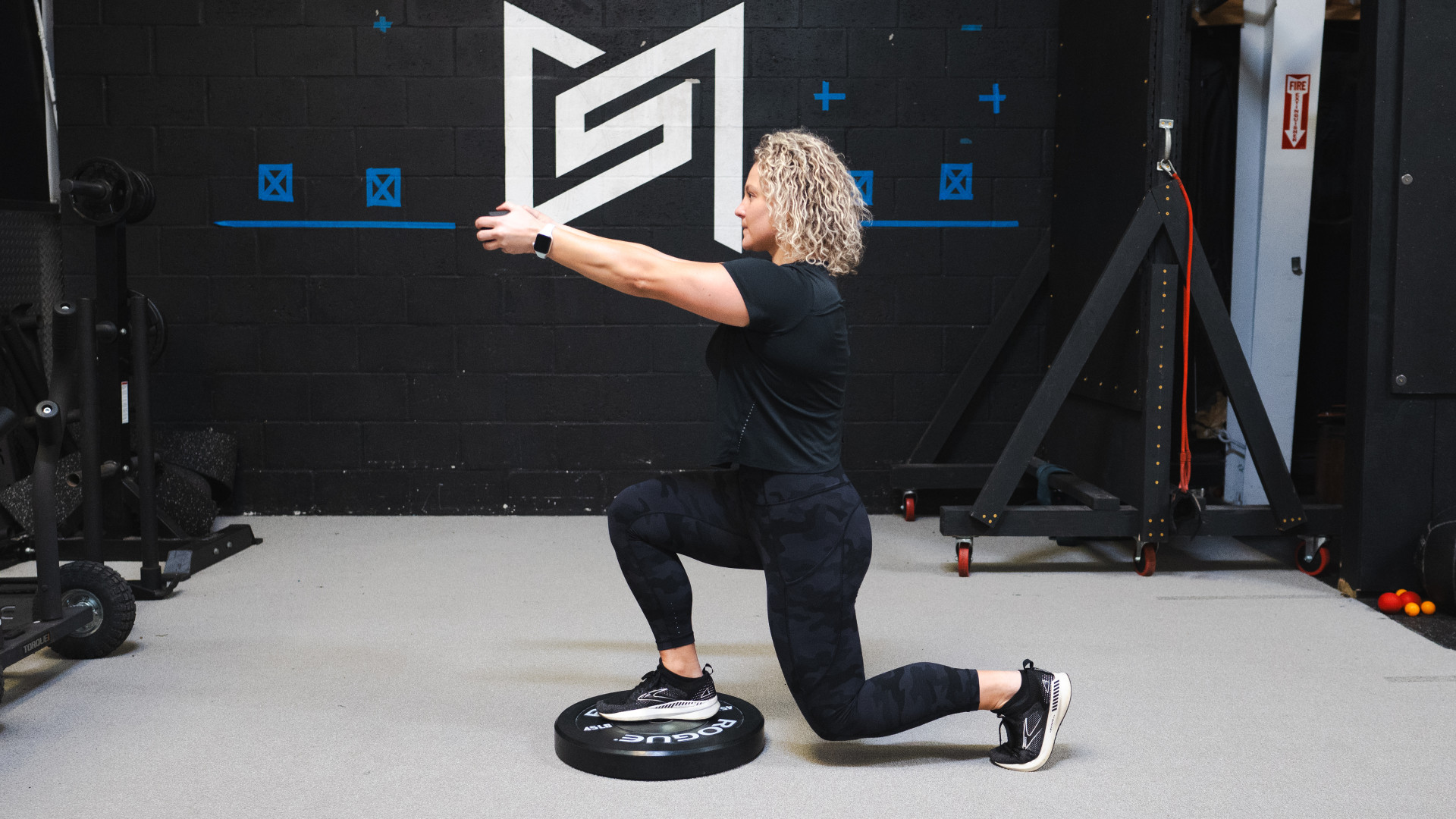
What it does: This exercise strengthens and stretches the hip flexors, improving balance and stability.
How to do it:
- Stand in a split stance with one foot in front of you and one behind you. Place your front foot on an elevated surface such as a weight plate.
- Keeping your torso upright, bend both knees to lower until your rear knee is just above the floor.
- Push through your front heel to extend your legs, returning to the starting position.
2. 90/90 hip switch

What it does: This move targets internal and external hip rotation, giving your hips a well-rounded stretch.
How to do it:
- Sit on the floor with your knees bent and feet flat on the floor, wider than shoulder-width apart.
- Drop your knees to the right side and rotate your torso to face right, aiming for both knees to rest on the floor.
- Return to the start and repeat on the other side
3. Figure four crossover stretch
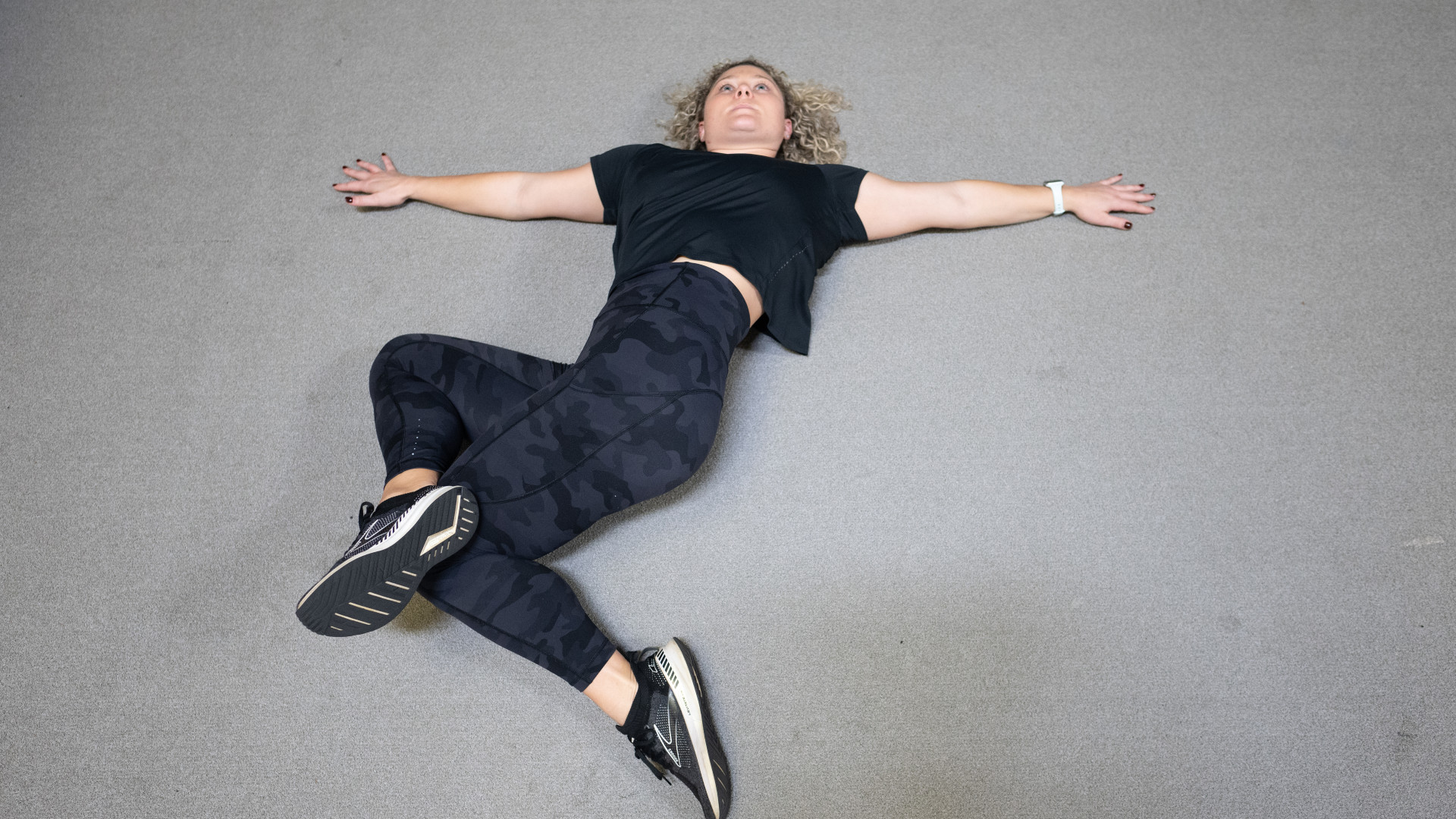
What it does: This stretch helps to release tension and improve flexibility in the hips.
Get the Fit&Well Newsletter
Start your week with achievable workout ideas, health tips and wellbeing advice in your inbox.
How to do it:
- Lie on your back with your knees bent and feet flat on the floor, hip-width apart.
- Lift your right foot and place your right lower leg just above your right ankle on your left thigh, just above your left knee.
- Keeping your back, shoulders and left foot on the floor, lower your left knee to the floor with control.
- Return to the starting position.
- Complete all your reps on one side then switch sides.
4. Squat with single-arm overhead reach
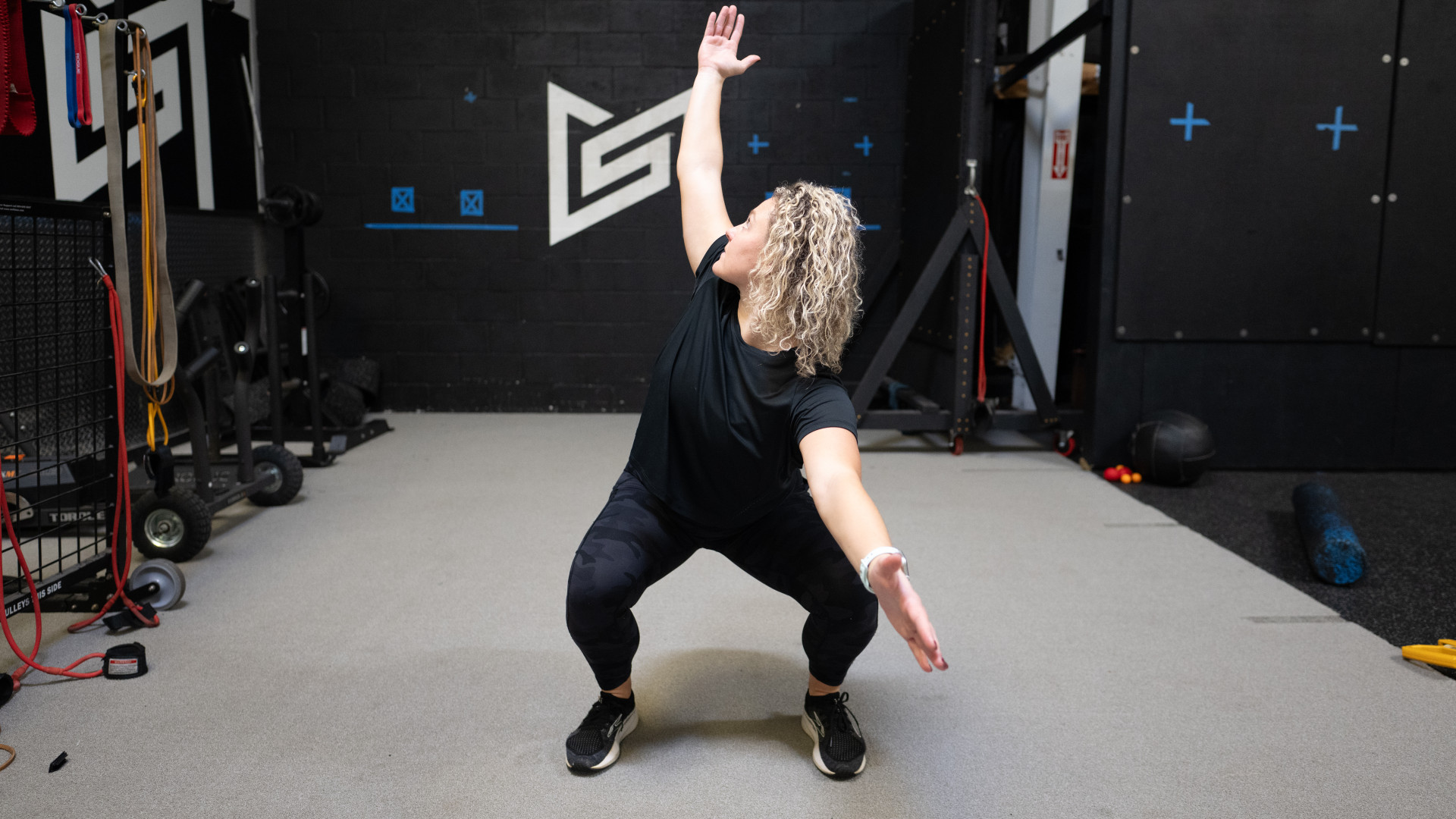
What it does: This dynamic stretch enhances hip mobility and your ability to rotate your thoracic spine in the middle of your back.
How to do it:
- Stand with your feet shoulder-width apart and hold your arms out in front of you.
- Push your hips back and bend your knees to lower into a squat until your hips in line with your knees, keeping your torso upright and pushing your knees out so they don't cave in.
- Lift your right arm up and behind you, twisting your torso to the right so you can look at your right hand.
- Return your right arm to the front then repeat on the other side.
- Return your left arm to the front and stand up.
Why is stretching important?
I also asked Franko why we should be stretching regularly, and why the hips, in particular, can get so tight and immobile. “The purpose of stretching is to improve joint range of motion and to increase the extensibility [the ability to be stretched] of muscles, tendons and connective tissue,” says Franko.
“To keep your hips happy and healthy, it's crucial to stretch them regularly, especially if you’re either very active or find yourself sitting for long periods,” says Franko. “Applying a light load to the tissue in a lengthened position during these stretches helps to improve flexibility and encourages better adaptation by gradually increasing the tissue's capacity to handle stress.” This approach reduces inflammation, improves strength, improves freedom of movement and also helps in preventing injuries, all while increasing the mobility of the area.

Sydney Franko is a licensed doctor of physical therapy and certified athletic trainer practicing in outpatient orthopedics. Her passion for sports began in her youth and she played Division II soccer, among other sports, but unfortunately experienced various injuries. She earned her degree in Athletic Training at Nova Southeastern University and continued her education at Gannon University, where she obtained a Doctorate in Physical Therapy.

Lou Mudge is a Health Writer at Future Plc, working across Fit&Well and Coach. She previously worked for Live Science, and regularly writes for Space.com and Pet's Radar. Based in Bath, UK, she has a passion for food, nutrition and health and is eager to demystify diet culture in order to make health and fitness accessible to everybody.
Multiple diagnoses in her early twenties sparked an interest in the gut-brain axis and the impact that diet and exercise can have on both physical and mental health. She was put on the FODMAP elimination diet during this time and learned to adapt recipes to fit these parameters, while retaining core flavors and textures, and now enjoys cooking for gut health.
-
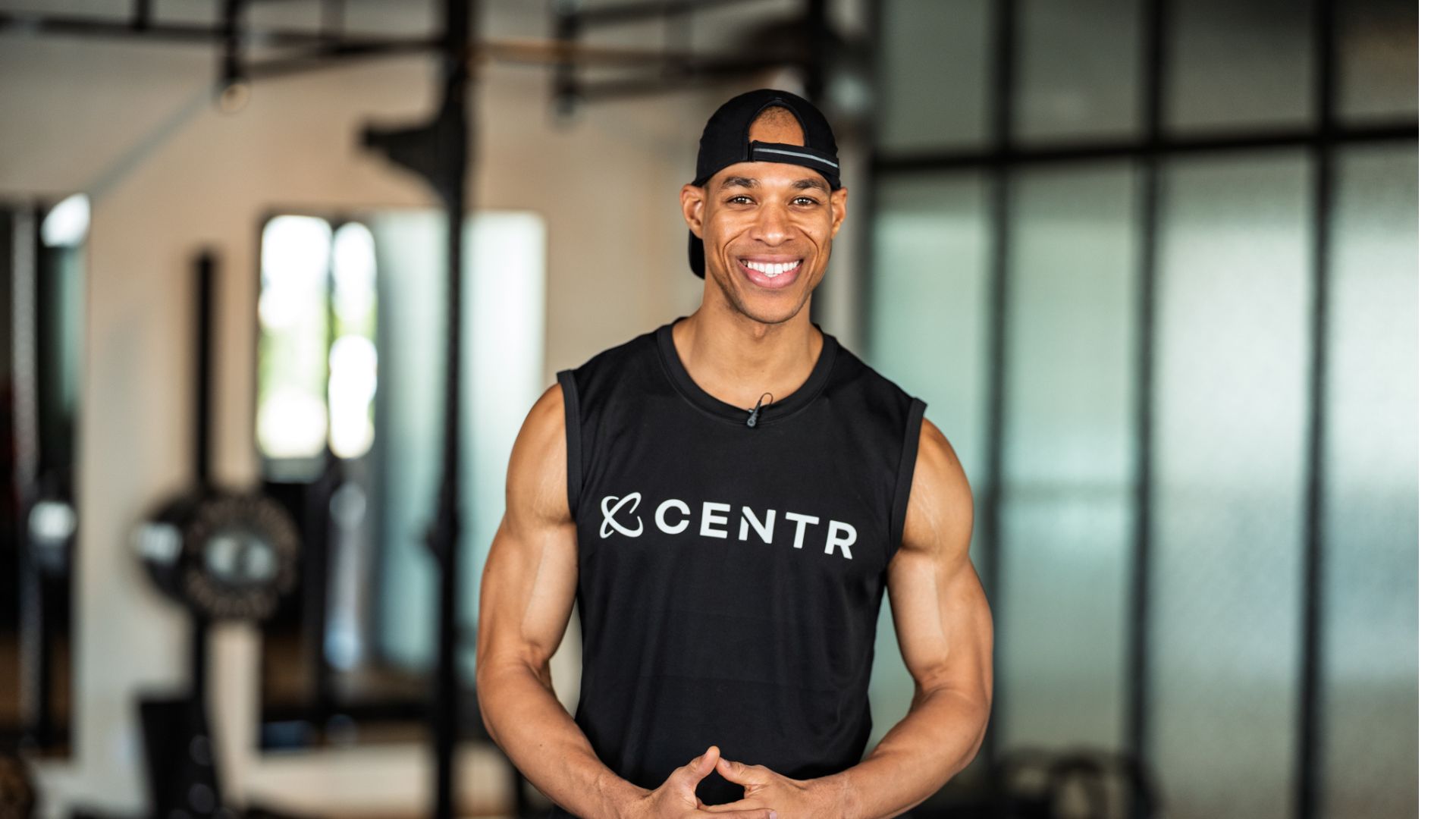 I do these two things every day to stay fit and healthy, says the newest star trainer on Chris Hemsworth's fitness app
I do these two things every day to stay fit and healthy, says the newest star trainer on Chris Hemsworth's fitness appHere's how Centr's Korey Rowe trains for longevity
By Sam Rider Published
-
 I thought sports weren't for me, until I realised they're a game-changer for ticking off cardio
I thought sports weren't for me, until I realised they're a game-changer for ticking off cardioI swapped HIIT and running for tennis—and I've never felt better
By Alice Porter Published